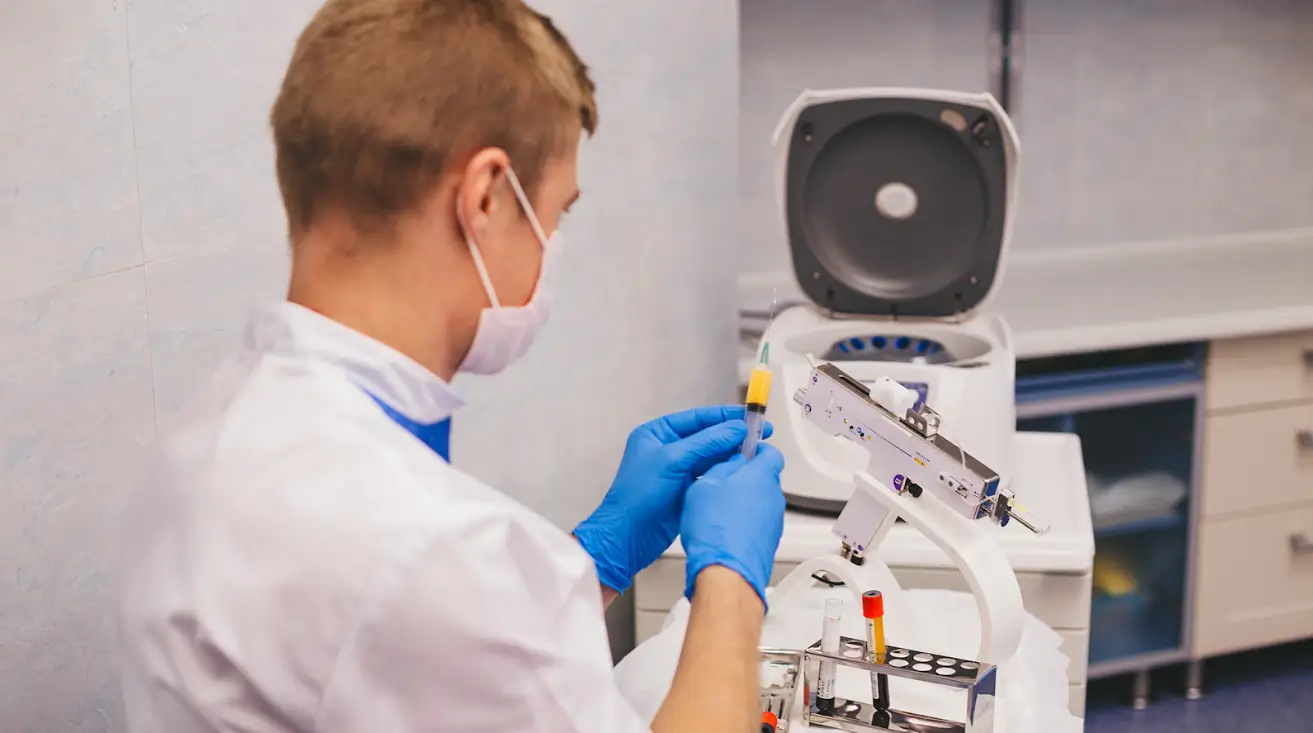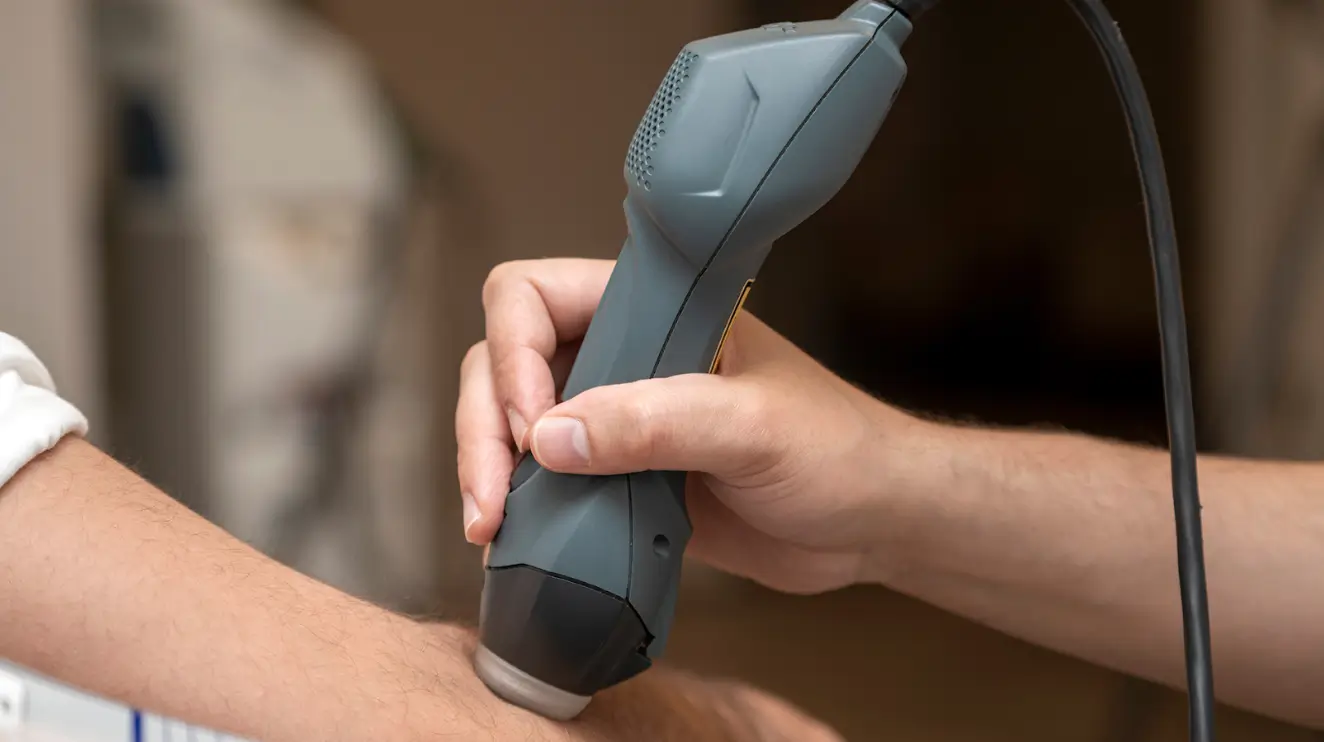Clinical Applications of Regenerative Medicine
Regenerative medicine is revolutionizing the way we approach healing and recovery. By using the body’s natural repair mechanisms, therapies like Platelet-Rich Plasma (PRP), Stem Cell Therapy, Laser Therapy, Type 2 Collagen Supplements, and Viscosupplementation offer new hope for conditions that once required invasive treatments. In this blog, we will explain the clinical applications of regenerative medicine, particularly in orthopedic health, and how they shape medical treatments’ future.
What is Regenerative Medicine?
Regenerative medicine focuses on restoring the structure and function of damaged tissues or organs. Instead of treating symptoms, it addresses the root cause of various ailments by promoting tissue repair and regeneration. It’s a multidisciplinary field that includes molecular biology, tissue engineering, and advanced medical procedures like applications of stem cells in regenerative medicine and PRP.
Regenerative medicine has seen significant growth in spinal and joint health. Conditions like osteoarthritis, degenerative disc disease, and sports injuries are now being treated using noninvasive techniques. These methods reduce pain and improve recovery time and the quality of life for patients.
Applications of PRP in Regenerative Medicine
PRP therapy involves using a patient’s own blood to promote healing. Blood is drawn, and the platelet-rich plasma is separated in a centrifuge before being injected into the injured area. PRP contains growth factors that accelerate tissue repair and reduce inflammation.
Clinical Applications of Platelet-Rich Plasma (PRP) Therapy:
PRP therapy has proven particularly effective in treating musculoskeletal injuries, including ligament tears, tendinitis, and osteoarthritis. It’s commonly used for sports injuries and in post-surgical recovery, where it enhances the healing process. In dermatology, PRP is also applied to improve skin texture and reduce wrinkles.
Benefits of Platelet-Rich Plasma (PRP) Therapy:
- Minimally invasive: PRP is administered through injections, requiring no surgery.
- Cost-effective: Compared to other regenerative treatments, PRP is affordable and accessible.
- Fast recovery: Patients usually experience minimal downtime and a quicker recovery compared to surgical interventions.

Regenerative Medicine Stem Cell Applications
Stem cells are the body’s “master cells” with the ability to develop into different cell types. In regenerative medicine, stem cell applications involve harvesting stem cells from the patient’s bone marrow or fat tissue and injecting them into the damaged area to promote tissue regeneration and healing.
Applications of Stem Cell Therapy in Regenerative Medicine:
Stem cell therapy is used for treating degenerative conditions such as degenerative disc disease, osteoarthritis, and spinal cord injuries. Its ability to regenerate cartilage, bone, and muscle tissue makes it ideal for addressing chronic and degenerative conditions.
Long-Term Benefits of Stem Cell Therapy:
Stem cell therapy offers more than just temporary relief. It promotes long-term healing by addressing the underlying issues in damaged tissues, helping to restore mobility and reduce chronic pain. For example, in spinal conditions, stem cells can help regenerate disc tissue, providing a non-surgical alternative for patients.

Laser Therapy and Its Use in Regenerative Applications
Laser therapy is a non-invasive treatment that uses light to stimulate tissue repair and reduce inflammation. By penetrating deep into tissues, laser therapy accelerates the body’s natural healing process, enhancing the effectiveness of treatments like PRP and bone regenerative applications.
Applications of Laser Therapy:
Laser therapy is commonly used for treating musculoskeletal conditions, including back pain, herniated discs, and soft tissue injuries. It is particularly effective when combined with PRP and stem cell therapy, as it helps activate the cells and growth factors introduced into the affected area.
Benefits of Laser Therapy:
- Non-invasive: Laser therapy does not involve any surgical procedures, making it a safer option for patients.
- Effective for chronic pain: It is particularly useful for managing chronic conditions like arthritis and sciatica.
Type 2 Collagen Supplement Type 2 Collagen Supplements for Cartilage Regenerative Applications
Type 2 collagen is a vital protein found in cartilage, responsible for maintaining the structure and elasticity of joints as people age or suffer from joint injuries, collagen levels decrease, leading to conditions like osteoarthritis.
Importance of Cartilage Regenerative Applications:
Supplementing with Type 2 collagen helps repair cartilage, reduce pain and improve joint mobility. It is particularly beneficial for patients suffering from osteoarthritis and other degenerative joint diseases.
Clinical Usage of Type 2 Collagen Supplement:
- Osteoarthritis treatment: Patients using Type 2 collagen supplements have shown significant improvements in joint flexibility and reduced pain.
- Cartilage repair: The supplement helps stimulate the body’s natural collagen production, aiding in cartilage regeneration.
Bone Regenerative Applications Through Viscosupplementation
Viscosupplementation involves injecting hyaluronic acid, a naturally occurring substance in the body, into the joints. This treatment improves joint lubrication, reducing friction and pain in conditions like osteoarthritis.
Use of Viscosupplementation in Treating Osteoarthritis:
Viscosupplementation is an effective alternative for patients who are not responding well to other treatments. It provides cushioning in the joint, making it easier for patients to move without discomfort.
Benefits:
- Non-surgical: Similar to PRP and stem cell therapy, viscosupplementation is a minimally invasive procedure.
- Pain relief: By restoring lubrication to the joint, it significantly reduces pain and improves mobility.
The Future of Regenerative Technology in Joint Health
As regenerative technology continues to evolve, new therapies are emerging that could further improve patient outcomes.
Emerging Trends in Regenerative Medicine Applications:
Exosome Therapy: Exosomes are small vesicles released by stem cells that can deliver growth factors and other bioactive molecules directly to damaged tissues. This cell-free therapy offers a more targeted and efficient approach to regenerative medicine applications.
Gene Editing: Techniques like CRISPR are being explored to enhance the effectiveness of stem cell therapies by directly modifying genes responsible for tissue degeneration.
Clinical Trials and Research:
Ongoing studies are examining the combination of PRP, stem cell therapy, and advanced techniques like exosome therapy to treat spinal injuries. Early results suggest that these combined approaches may reduce recovery times and improve long-term outcomes.
As these advancements become more mainstream, patients can expect more accessible and effective treatments for spinal conditions, reducing the need for invasive surgeries and providing long-lasting relief.
Conclusion
Applications of regenerative medicine offer a revolutionary approach to treating conditions that were once considered untreatable without surgery. With therapies like PRP, regenerative medicine stem cell applications, Laser Therapy, Type 2 Collagen Supplements, and Viscosupplementation, patients can now experience faster recovery times, less pain, and long-term healing. As these regenerative technology solutions continue to evolve, the future of spinal care looks brighter than ever.
If you’re dealing with a chronic injury or joint pain, consider consulting with Comprehensive Spine Center RGM to explore your options in regenerative medicine applications.
Frequently Asked Questions
Regenerative medicine has multiple applications in orthopedics, including stem cell therapy for cartilage repair, bone regenerative applications, and tissue engineering. It is used to treat various conditions such as osteoarthritis, tendinopathies, and bone fractures by enhancing the body’s natural healing processes using regenerative technologies like platelet-rich plasma (PRP) and bone marrow aspirate concentrate (BMAC).
While stem cell applications show promise in bone and cartilage repair, research is ongoing. Stem cells can differentiate into bone and cartilage cells, aiding in tissue regeneration. However, their efficacy varies depending on the condition and the patient’s overall health. More clinical trials are needed to fully understand their potential in regenerative medicine applications.
Regenerative medicine therapies using adult stem cells, such as those derived from bone marrow or adipose tissue, are generally considered safe when harvested from the patient’s own body and used in the same procedure. However, there are risks associated with unproven therapies that lack regulatory approval. It’s crucial to consult with a healthcare professional to understand the safety and efficacy of these treatments.
Regenerative medicine is widely used in sports medicine to treat injuries such as ligament tears, tendon injuries, and cartilage damage. PRP injections and cell-based therapies are popular options to accelerate healing and reduce inflammation in musculoskeletal injuries.
Yes, regenerative medicine applications, including PRP and stem cell therapies, are used to treat arthritis by promoting tissue repair and reducing inflammation. These therapies can potentially delay the need for joint replacement surgeries in cases of early-stage arthritis.
Advances in tissue engineering and regenerative technology have led to the development of scaffolds and biomaterials that support the growth of new tissues. These technologies are being explored to improve the success rates of regenerative medicine applications, particularly in complex injuries where traditional treatments may not be sufficient.

